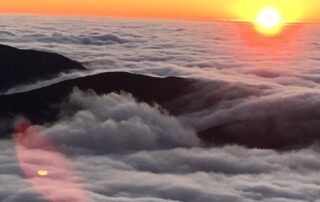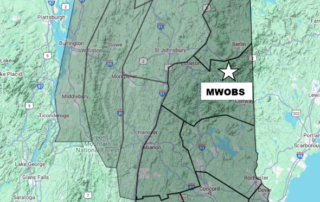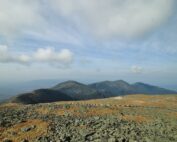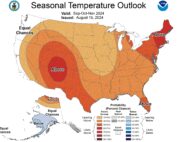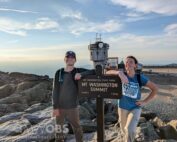Citizen Science Puts Weather Reporting in Your Hands
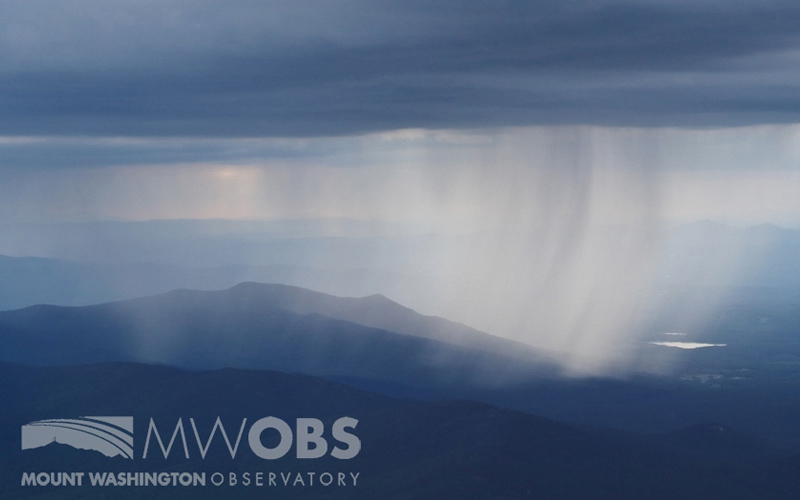
Ryan Knapp, Weather Observer & Meteorologist
Once In a Lifetime Isn’t Enough
Once In a Lifetime Isn’t Enough By Bill Ofsiany A once in a lifetime experience is an over-used term. It might apply to seeing a comet that won’t be back to see for 75 years (Halley), or 80,000 years (C/2023 A3). It doesn’t apply to Mount Washington
Mount Washington Observatory Renews Partnership with Eastern Mountain Sports as Official Exclusive Outfitter
Mount Washington Observatory Renews Partnership with Eastern Mountain Sports as Official Exclusive Outfitter NORTH CONWAY, NH and MERIDEN, CT(For Immediate Release)—Eastern Mountain Sports (EMS), a business unit of UK outdoor company, Mountain Warehouse, and a trusted source for outdoor adventurers of all abilities, and Mount
MWOBS Weather Forecasts Expand Beyond the Higher Summits
MWOBS Weather Forecasts Expand Beyond the Higher Summits By Alex Branton One of the most utilized products provided by Mount Washington Observatory is the Higher Summits Forecast. This 48-hour forecast is written by MWOBS weather observers twice daily and is available for free on our website.
Considerations for Autumn Adventurers
Considerations for Autumn Adventurers By Ryan Knapp Looking out the window, it is evident that we are heading into autumn. The plants in the alpine regions have transitioned to their earthy hues. The foliage
Mount Washington Fall Almanac and a 2024 Seasonal Outlook
Mount Washington Fall Almanac and a 2024 Seasonal Outlook By Alex Branton As we move deeper into the month of September, New England’s most notorious season, fall, is nearly upon us. Reflecting on a
My Summer Internship Recap
My Summer Internship Recap By George Mousmoules It is hard to even begin to describe all that has happened in the last three months during my time at Mt. Washington. Between writing my first

